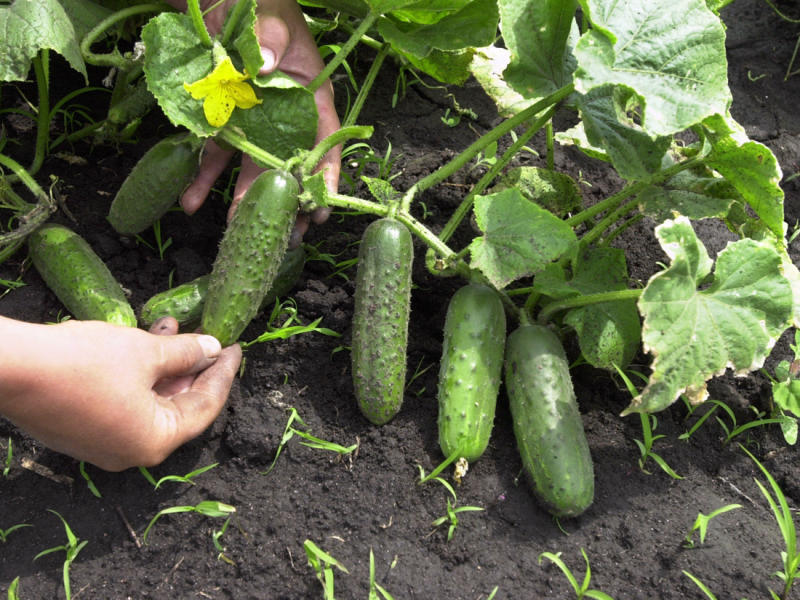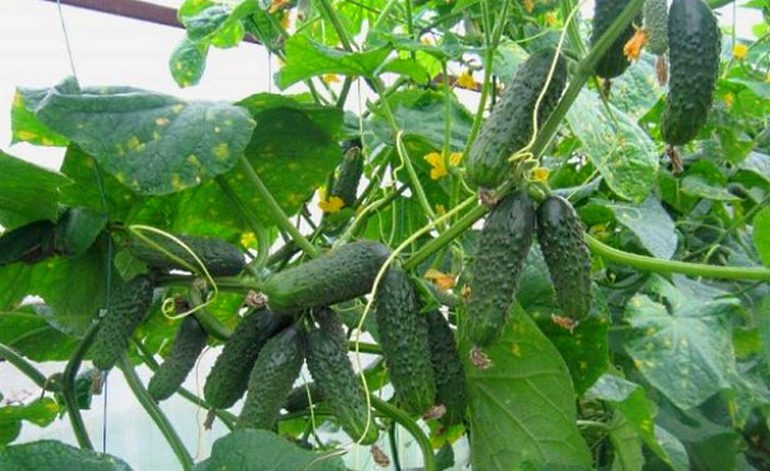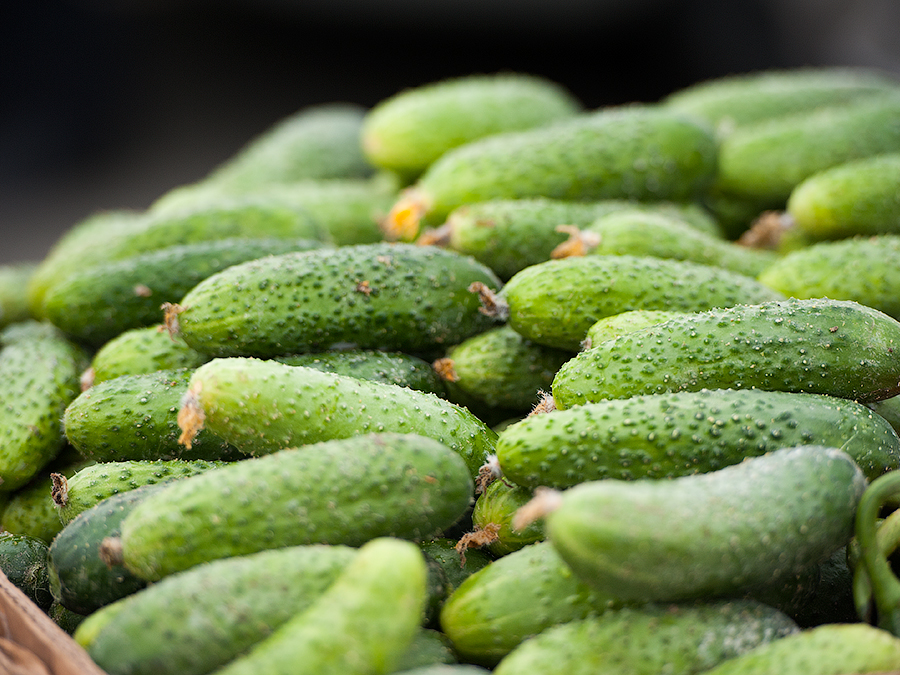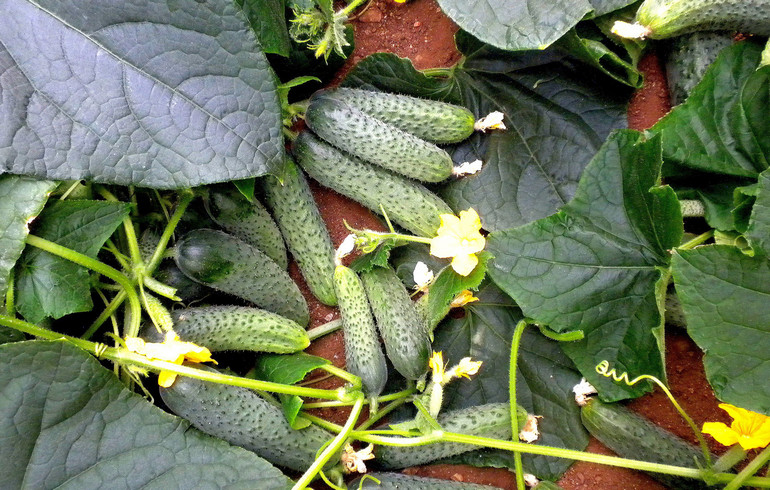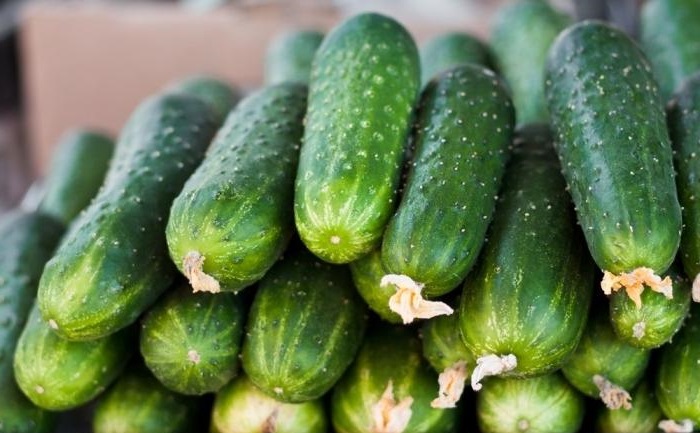Cucumbers Ajax is a hybrid early maturing variety of Dutch production. It is grown outdoors as the variety is only pollinated by insects. For this reason, Ajax cucumbers cannot be grown in a greenhouse. Up to three cucumber ovaries are formed in one node.
Characteristics and description of the variety
Ajax cucumber has many advantages:
- transportability;
- excellent taste, without bitterness;
- resistance to various diseases;
- duration of fruiting;
- resistance to weather changes;
- versatility of fruit use.
The disadvantages of this variety include:
- rather high cost of seeds;
- hard skin of fruits;
- growing only outdoors.
Features of planting and care
Although Ajax is not particularly picky about the choice of soil, it still needs to be fertilized before planting. To do this, you can use:
- rotted humus;
- mullein;
- chicken droppings;
- peat.
Fertilizer is applied at the rate of 5 kg. for 1 sq. m. It is brought in in the fall before digging up the soil, but in extreme cases it can be done in the spring.
Make small holes in the ground, moisten the soil with water and put 2-4 seeds in each. The seeds should be approximately 2 cm deep. After planting the seeds, the soil can be covered with agrofibre so that they germinate faster. The distance between the rows should be at least 50 cm, it is advisable to keep the same distance between the holes.
Cucumbers are watered with warm, settled water every 2 days; excessive waterlogging of the soil should be avoided.
Watering is carried out in the evening.
The beds must be regularly weed-free. It is imperative to loosen the soil, but carefully: cucumbers have fragile roots lying close to the surface.
It is recommended to pinch the plant:
- the first stepchildren are removed at 2-3 nodes of the main stem;
- the second time is removed at a height of 80 cm, after 2-3 leaves;
- the third time - at a height of 1 m, after 4 leaves.
Fertilizer is applied every 2-3 weeks.
- The first feeding is within 3 weeks after seed germination.
- The next top dressing is during the flowering period.
- The third is during the fruiting period.
To do this, you can use organic fertilizers, for example, chicken manure (diluted in water in a ratio of 1:15), ash (1 liter of substance per bucket of water). Mineral fertilizers are also used, for a bucket of water you need: 10 gr. ammonium nitrate, 10 gr. superphosphate, 10 gr. potassium salt. It is recommended to alternate fertilizing.
Since the plant has long stems, it must be tied to a trellis or grown on a net. If the bushes are not tied up, cucumber stems can be injured during harvesting, and this reduces fruiting.
The variety is characterized by a high yield, bears fruit up to the very frost. Fruits are cylindrical, large-lumpy, dark green in color, 9-12 cm long. One cucumber weighs from 90-100 grams. From one square. m. you can collect up to 4.5 kg of fruit. The harvested fruits retain their green color for a long time.
Cucumbers are suitable for fresh consumption and for pickling. They can be grown both on private household plots and on an industrial scale.


